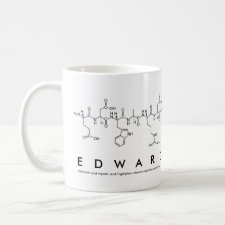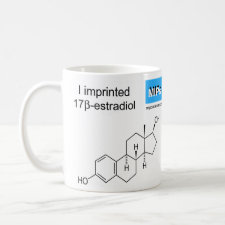
Authors: Murray A, Írmeci B, Lai EPC
Article Title: Removal of endocrine disrupting compounds from wastewater using polymer particles.
Publication date: 2016
Journal: Water Science And Technology
Volume: 73
Issue: (1)
Page numbers: 176-181.
DOI: 10.2166/wst.2015.481
Abstract: This study evaluated the use of particles of molecularly imprinted and non-imprinted polymers (MIP and NIP) as a wastewater treatment method for endocrine disrupting compounds (EDCs). MIP and NIP remove EDCs through adsorption and therefore do not result in the formation of partially degraded products. The results show that both MIP and NIP particles are effective for removal of EDCs, and NIP have the advantage of not being as compound-specific as the MIP and hence can remove a diverse range of compounds including 17-β-estradiol (E2), atrazine, bisphenol A, and diethylstilbestrol. Removal of E2 from wastewater was also tested to determine the effectiveness of NIP in the presence of interfering substances and natural organic matter. Removal of E2 from wastewater samples was high and increased with increasing NIP. NIP represent an effective way of removing a wide variety of EDCs from wastewater
Template and target information: 17-β-estradiol, E2, atrazine, bisphenol A, diethylstilbestrol



Join the Society for Molecular Imprinting

New items RSS feed
Sign-up for e-mail updates:
Choose between receiving an occasional newsletter or more frequent e-mail alerts.
Click here to go to the sign-up page.
Is your name elemental or peptidic? Enter your name and find out by clicking either of the buttons below!
Other products you may like:
 MIPdatabase
MIPdatabase









